Home>Furniture>Outdoor Furniture>What Are The Problems With Trex Decking
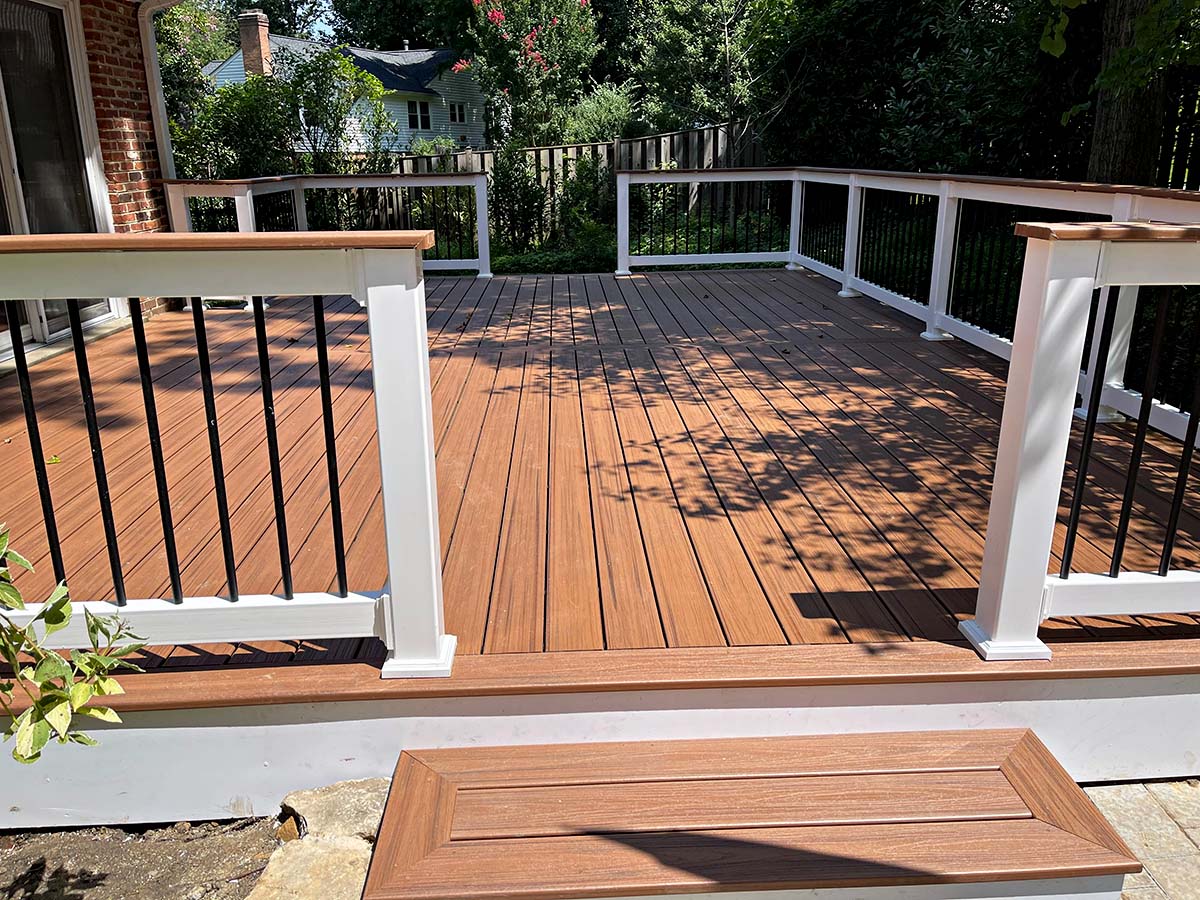

Outdoor Furniture
What Are The Problems With Trex Decking
Modified: March 7, 2024
Discover the common issues encountered with Trex decking, including problems with outdoor furniture. Find solutions and tips to ensure your decking lasts.
(Many of the links in this article redirect to a specific reviewed product. Your purchase of these products through affiliate links helps to generate commission for Storables.com, at no extra cost. Learn more)
Introduction
When it comes to outdoor furniture, finding the perfect balance between functionality and aesthetics is key. One popular option that homeowners often consider is Trex decking. Trex is a well-known brand that offers durable and low-maintenance decking materials, made from a combination of wood fibers and recycled plastic. While Trex decking has gained popularity in recent years, it is important to be aware of some potential issues that can arise with this type of decking.
In this article, we will explore the problems associated with Trex decking and provide insights into why homeowners should consider these factors before making a decision. From lack of natural wood look to susceptibility to scratches, we will delve into the various challenges that might arise with Trex decking.
Keep in mind that this article aims to provide an objective overview of the downsides of Trex decking. It is crucial to weigh these factors against its benefits, such as its durability and low-maintenance nature.
Key Takeaways:
- Trex decking offers durability and low maintenance but lacks the natural wood look, is susceptible to fading and scratches, and has limited color options. Homeowners should weigh these factors against its benefits before making a decision.
- While Trex decking has a higher price point, its longevity, resistance to rot and insects, and eco-friendly nature may justify the investment. Homeowners should consider long-term value and environmental impact when evaluating the cost.
Read more: What Is Trex Decking
Lack of Natural Wood Look
One of the main concerns with Trex decking is its lack of natural wood look. While some people appreciate the clean and modern appearance of composite decking, others prefer the warmth and authenticity of real wood. Trex decking, being a composite material, can sometimes appear artificial and lack the natural variations and textures found in real wood.
For those who want their outdoor space to have a traditional or rustic look, Trex decking may not meet their expectations. The uniform color and texture can make it appear synthetic and less visually appealing compared to real wood options, such as cedar or redwood. This aesthetic drawback can be a significant factor for homeowners who prioritize a natural and timeless appearance for their outdoor furniture.
Additionally, Trex decking may not age in the same way as real wood. Over time, real wood decking develops a unique patina, as the color fades and the grain patterns deepen. This aging process adds character and charm to the outdoor space. In contrast, Trex decking may maintain its initial appearance, lacking the natural evolution that many homeowners appreciate.
Despite advancements in manufacturing techniques, it can be challenging to replicate the intricate details and organic beauty of natural wood. For those seeking a truly authentic wood look, exploring alternative decking materials like hardwood or pressure-treated lumber may be a better option.
Fading and Discoloration
One of the common problems that homeowners may encounter with Trex decking is fading and discoloration over time. While Trex decking is marketed as fade-resistant, it is important to note that no material is entirely immune to the effects of the sun’s ultraviolet (UV) rays.
Exposure to sunlight, along with other environmental factors like heat and moisture, can cause the color of Trex decking to fade or change. This can result in uneven coloration or an overall dull appearance, detracting from the original vibrancy of the decking.
Trex decking comes in a variety of colors, from warm earth tones to rich browns and grays. However, these colors may not be as long-lasting as some homeowners expect. The extent of fading can vary depending on the specific color chosen, the intensity of sunlight in the installation area, and the level of maintenance provided.
To minimize the risk of fading and discoloration, it is crucial to follow the manufacturer’s guidelines for care and maintenance. Regular cleaning, using gentle cleaning solutions and avoiding harsh chemicals, can help prolong the color and appearance of Trex decking. Additionally, providing shade or using protective accessories like umbrellas or awnings can help shield the decking from direct sunlight, reducing UV damage.
Despite these precautions, it is important to recognize that fading and discoloration may still occur to some degree. Homeowners considering Trex decking should be prepared for potential color shifts and weigh this factor against the other benefits offered by this type of decking.
Susceptibility to Scratches
Another issue that homeowners may encounter with Trex decking is its susceptibility to scratches. While Trex decking is designed to be durable and resistant to normal wear and tear, it is not entirely immune to scratches or marks.
The outer protective shell of Trex decking is made from a combination of plastic and wood fibers, creating a hard surface that can withstand heavy foot traffic and resist stains. However, excessive pressure or sharp objects can still cause surface scratches, especially in areas where there is high foot traffic or when dragging heavy furniture across the decking.
Although minor surface scratches may be less noticeable in Trex decking due to its uniform color, deep scratches or cuts can be more visible and impact the overall aesthetics of the decking. Repairing or removing scratches from Trex decking can be challenging, and attempts to fix the issue may result in further damage or discoloration.
To minimize the risk of scratches, homeowners can take precautionary measures. Using furniture pads or protective mats underneath heavy items can help prevent direct contact between the decking and the object, reducing the likelihood of scratches. Additionally, regular sweeping or using a soft-bristle brush to remove debris can prevent small particles from causing abrasive damage.
While it is impossible to completely eliminate the chance of scratches, homeowners should weigh the potential for surface damage against the benefits of Trex decking. For those seeking a decking option that is more resistant to scratches, exploring alternative materials like PVC decking or capped composite decking with enhanced scratch resistance may be worth considering.
Expansion and Contraction
Expansion and contraction are natural phenomena that occur in all decking materials, including Trex decking. These movements are a result of temperature changes and fluctuations in moisture levels, and they can affect the stability and appearance of the decking over time.
Trex decking, like many composite materials, is designed to minimize the extent of expansion and contraction compared to natural wood. However, it is important to understand that it is not completely immune to these movements.
During hot temperatures, Trex decking may expand, causing the boards to push against each other. Conversely, during colder temperatures, the decking may contract, creating small gaps between the boards. These movements can potentially lead to an uneven or unstable surface, which may affect the overall structural integrity of the decking.
One way to mitigate the effects of expansion and contraction is by ensuring proper installation. Following the manufacturer’s guidelines for gapping between the boards and allowing for adequate expansion and contraction space is essential. Additionally, the use of hidden fasteners or clips specifically designed for composite decking can help accommodate these movements and maintain a more consistent and aesthetically pleasing appearance.
It is important to note that expansion and contraction can also affect the overall longevity and maintenance of any decking material. Regular inspection and maintenance, such as tightening loose boards or replacing damaged ones, can help address these issues and prolong the lifespan of the decking.
Overall, homeowners should be aware of the potential for expansion and contraction in Trex decking and take necessary precautions during installation and maintenance to minimize the impact of these movements.
Regular cleaning and maintenance can help prevent common problems with Trex decking, such as mold and mildew growth, staining, and fading. Use a gentle cleaner and a soft brush to remove debris and keep the surface looking great.
Read more: What To Do With Leftover Trex Decking
Mold and Mildew Growth
Mold and mildew growth is a common issue that can occur in outdoor environments, including on Trex decking. While Trex is designed to resist mold and mildew, it is not entirely immune to these types of organisms.
Moisture is a key factor in the growth of mold and mildew, and any area or surface that is subject to frequent exposure to moisture or lacks proper ventilation can be susceptible. In humid climates or areas with heavy rainfall, the risk of mold and mildew growth on Trex decking can be higher.
To help prevent mold and mildew growth on Trex decking, it is important to maintain proper drainage and ventilation. Clearing debris, such as leaves and dirt, from the deck’s surface regularly can help prevent moisture buildup and create an environment less conducive to mold and mildew growth.
In cases where mold or mildew does occur, it is essential to address the issue promptly to prevent further spread and potential damage to the decking. There are various cleaning solutions available that are specifically formulated to remove mold and mildew from composite decking, and following the manufacturer’s guidelines for cleaning can help effectively eliminate these organisms.
Regular inspections and maintenance, such as addressing any areas of concern or damage, can help minimize the risk of mold and mildew growth. Additionally, ensuring proper airflow around the decking, including keeping furniture and other objects from obstructing ventilation, can help reduce the likelihood of moisture accumulation and subsequent mold and mildew growth.
While Trex decking offers some resistance to mold and mildew, homeowners should be proactive in maintaining a clean and dry deck to prevent potential issues and preserve the longevity of the decking.
Difficulty in Cleaning
While Trex decking is marketed as a low-maintenance option, it is important to acknowledge that cleaning composite decking can sometimes be more challenging compared to other materials, such as natural wood.
One of the main reasons for the difficulty in cleaning Trex decking is its non-porous surface. Unlike wood decking that can be easily scrubbed or sanded, composite materials have a smooth and resistant exterior that can trap dirt, stains, and debris. This means that regular cleaning is necessary to keep the decking looking its best.
Typically, Trex decking can be cleaned using a mixture of soap and water, along with a soft-bristle brush or sponge. However, certain stains or spills may require additional cleaning solutions or techniques, which can vary depending on the type of stain and the manufacturer’s recommendations.
Another aspect of cleaning Trex decking that can be challenging is the potential for surface damage. Vigorous scrubbing or the use of harsh cleaning chemicals can potentially affect the appearance or integrity of the decking. Therefore, it is important to follow the manufacturer’s guidelines for cleaning and avoid abrasive tools or cleaners that may harm the decking.
To make the cleaning process more efficient and effective, it is recommended to address spills or stains as soon as they occur. Regular sweeping or rinsing off the decking with a garden hose can also help reduce the buildup of dirt and debris.
Considering the additional effort required for cleaning composite decking like Trex, homeowners should weigh the benefits of low maintenance against the potential challenging cleaning process. Those who prefer a decking material that requires minimal cleaning may find alternative options, such as PVC decking or capped composite decking, more suitable for their needs.
Limited Color Options
One factor that homeowners should consider when choosing Trex decking is the limited range of color options available. While Trex offers a variety of colors to choose from, the selection may not be as extensive as what is available with other decking materials.
The color choices for Trex decking are primarily influenced by the combination of wood fibers and plastic used in its composition. While there are several warm and neutral tones available, the color spectrum may not cater to those looking for more vibrant or unconventional colors for their outdoor space.
Additionally, it is worth noting that the uniform color of Trex decking may not provide the same level of depth and variation that can be achieved with natural wood or other composite decking options. Some homeowners prefer decking materials that showcase the natural beauty and distinctive grain patterns found in real wood.
That being said, it is important to consider personal preferences and the overall aesthetic vision for the outdoor space when evaluating the color options of Trex decking. Some homeowners may find the available colors perfectly suited to their desired look and feel, while others may prefer to explore alternative decking materials with a wider array of color choices.
While the limited color options of Trex decking may be a drawback for some, it is essential to assess this factor alongside the other benefits that this type of decking provides, such as durability, low maintenance, and resistance to rot and insects.
Higher Price Point
One consideration for homeowners when choosing Trex decking is the higher price point compared to other decking materials. While the initial cost of Trex decking may be higher, it is important to evaluate the long-term value and benefits that it brings.
Trex decking is known for its durability and low-maintenance nature, which can result in cost savings over time. Unlike traditional wood decking, Trex requires minimal upkeep, eliminating the need for staining, sealing, or painting on a regular basis. This can save homeowners both time and money in the long run.
In addition, the lifespan of Trex decking is generally longer compared to traditional wooden options. With proper care and maintenance, Trex decking can last for several decades, reducing the need for frequent replacement or repairs. This longevity contributes to the overall value of the investment.
Furthermore, Trex decking is resistant to rot, insects, and moisture damage, providing additional peace of mind and potentially reducing future expenses associated with repairs or replacements due to these issues.
While the initial cost of Trex decking may be higher, it is essential to consider the overall return on investment and the potential savings in maintenance and replacement costs over time.
It is also worth noting that the higher price point of Trex decking may be justified by its aesthetic appeal, performance, and environmental benefits. Trex decking is made from recycled materials, contributing to sustainability efforts and reducing the demand for new timber resources. For environmentally-conscious homeowners, this eco-friendly aspect can be a significant factor in choosing Trex decking despite the higher cost.
Ultimately, homeowners should carefully evaluate their budget, long-term priorities, and specific needs when considering the price point of Trex decking. By weighing the advantages and drawbacks and considering the value it brings, they can make an informed decision that aligns with their preferences and financial capabilities.
Read more: What Lengths Does Trex Decking Come In
Conclusion
As with any product, Trex decking comes with its own set of advantages and disadvantages. While it offers durability, low maintenance, and resistance to rot and insects, homeowners should also consider the potential issues that can arise.
The lack of natural wood look, potential for fading and discoloration, susceptibility to scratches, expansion and contraction, mold and mildew growth, difficulty in cleaning, limited color options, and higher price point are some of the factors that homeowners should weigh when considering Trex decking.
It is crucial to understand that these potential drawbacks do not diminish the overall benefits and value that Trex decking provides. Each homeowner’s priorities, preferences, and budget will differ, and it is essential to make a decision based on individual needs and circumstances.
Furthermore, it is important to note that maintaining Trex decking in accordance with the manufacturer’s guidelines, such as regular cleaning and proper installation, can help address or minimize some of these potential issues.
Ultimately, homeowners should carefully evaluate their options, considering factors such as desired aesthetics, maintenance requirements, long-term value, and environmental impact. Consulting with professionals or seeking advice from reputable sources can also provide valuable insights in making an informed decision.
By taking into account the strengths and weaknesses of Trex decking, homeowners can make a choice that suits their unique preferences and creates a beautiful and functional outdoor space that brings them years of enjoyment.
Frequently Asked Questions about What Are The Problems With Trex Decking
Was this page helpful?
At Storables.com, we guarantee accurate and reliable information. Our content, validated by Expert Board Contributors, is crafted following stringent Editorial Policies. We're committed to providing you with well-researched, expert-backed insights for all your informational needs.
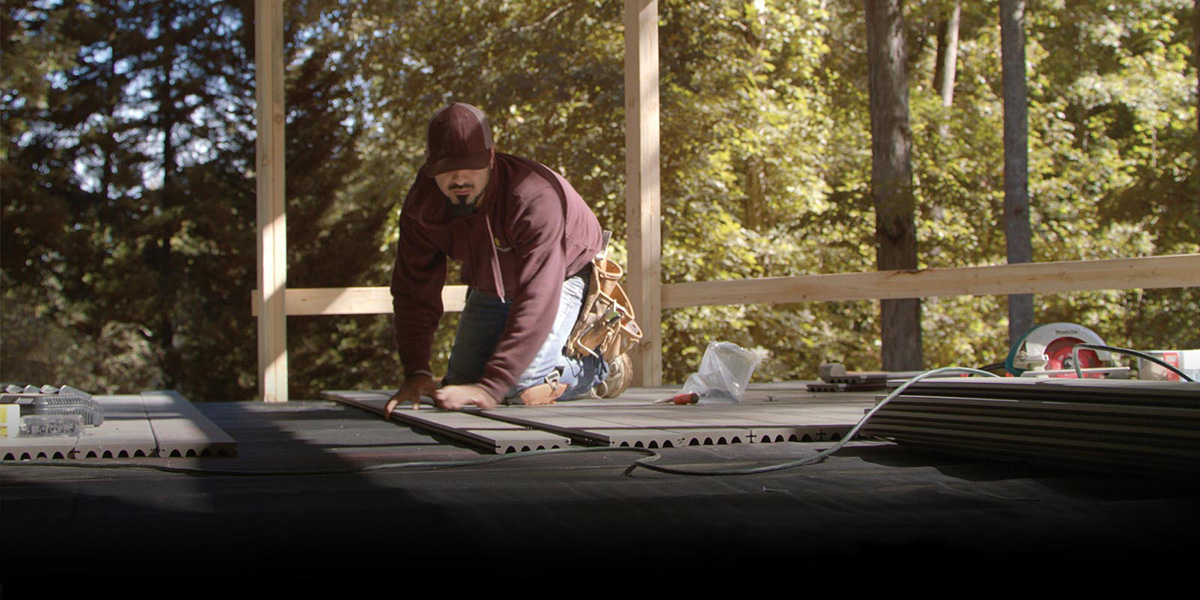
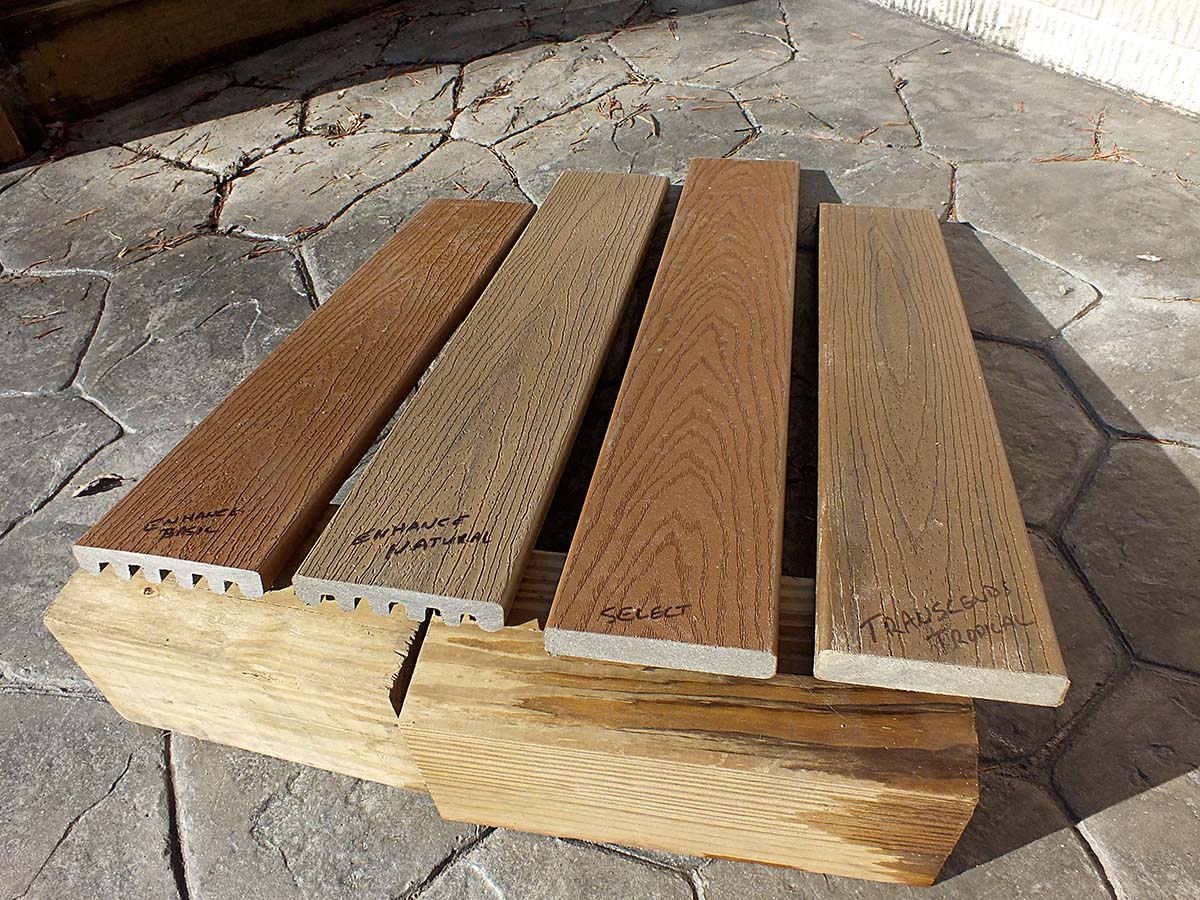
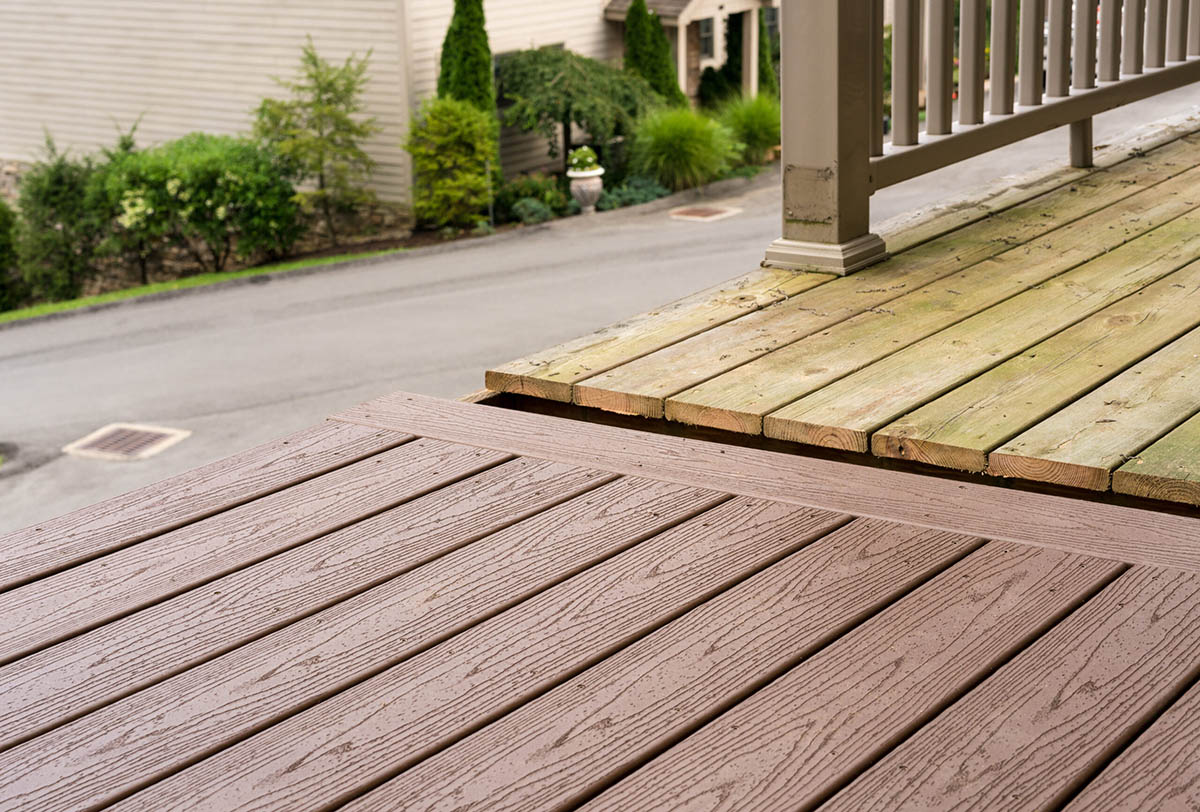
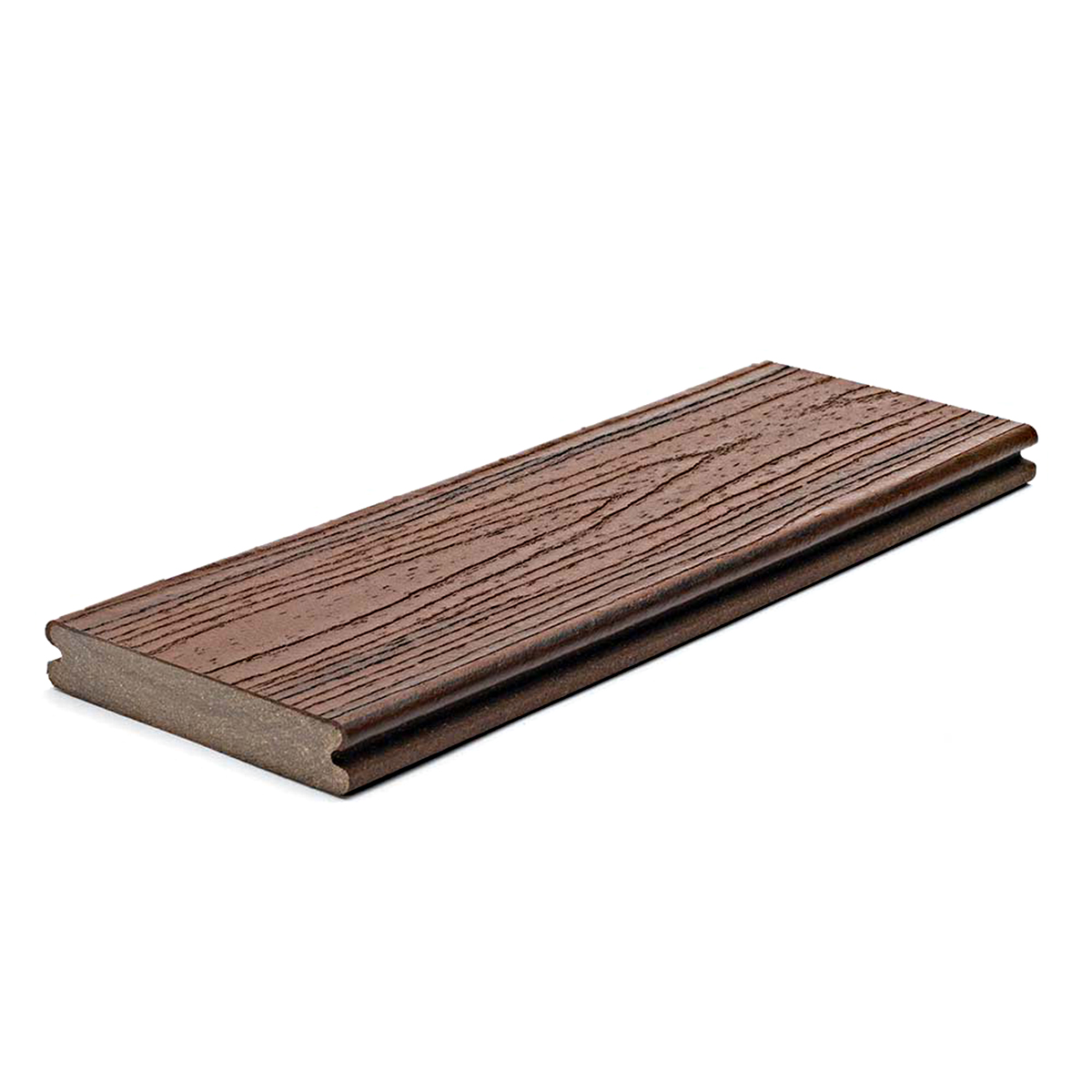
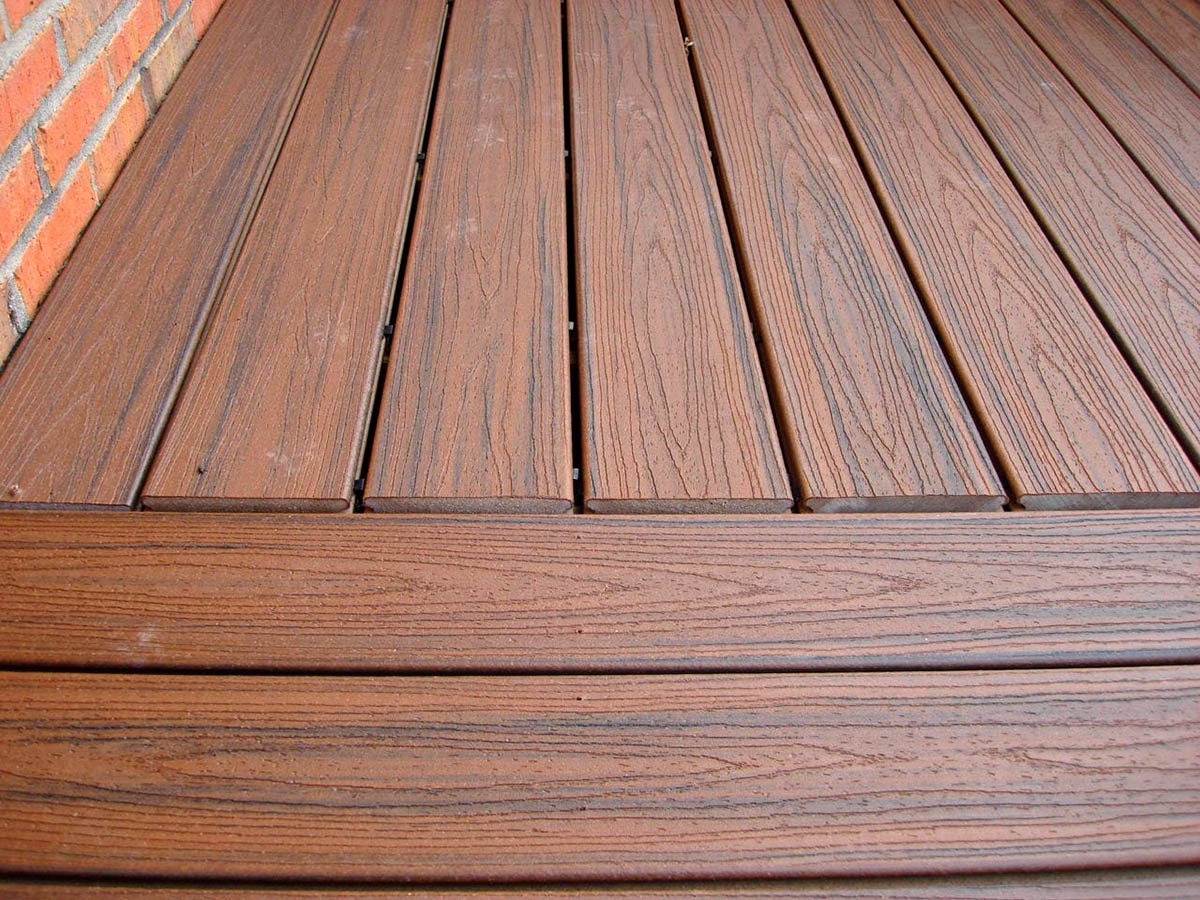
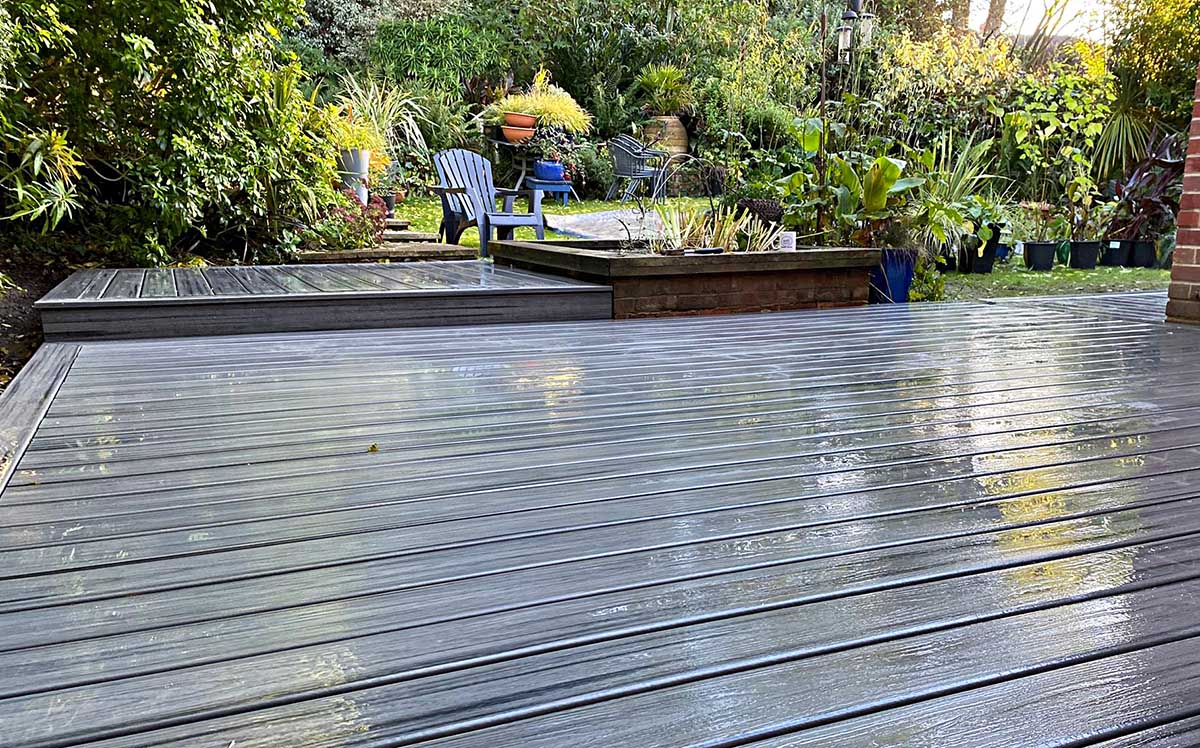
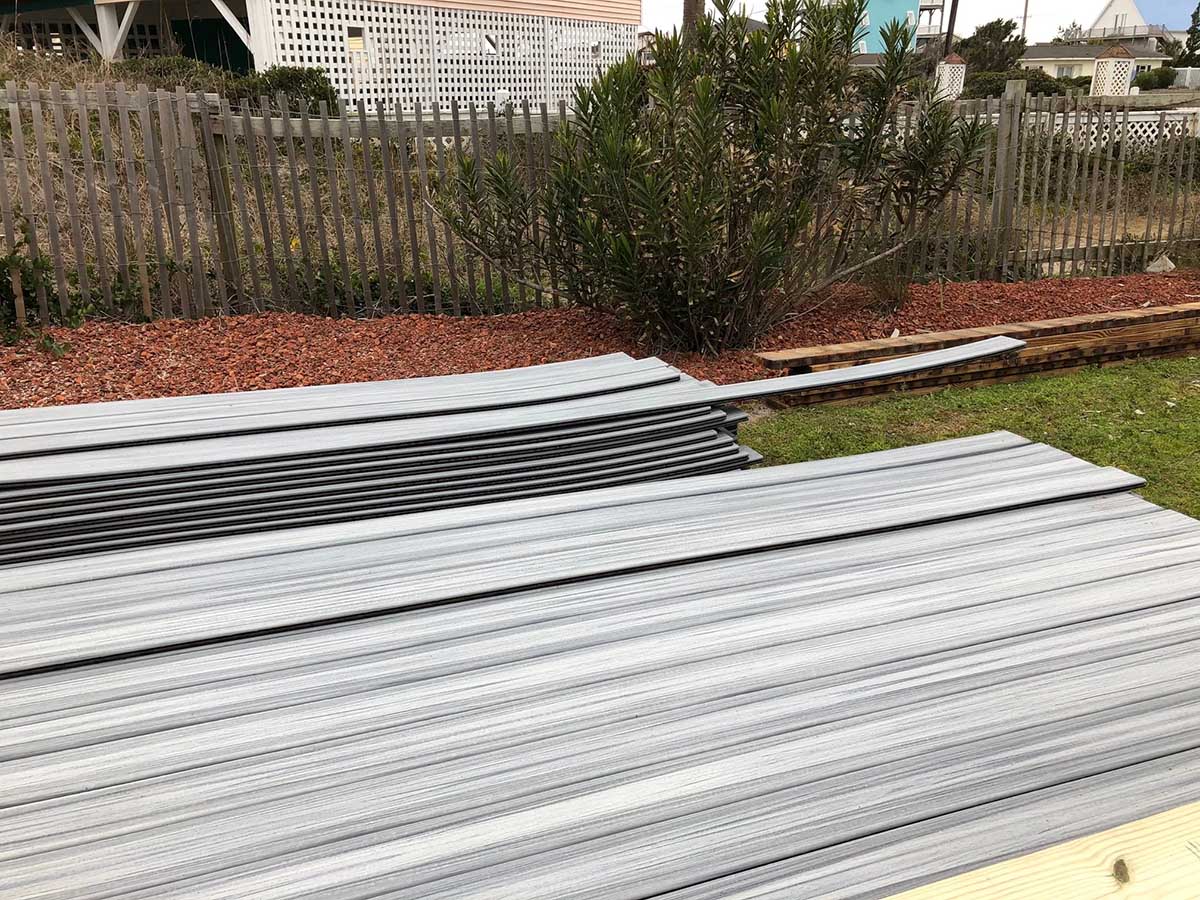
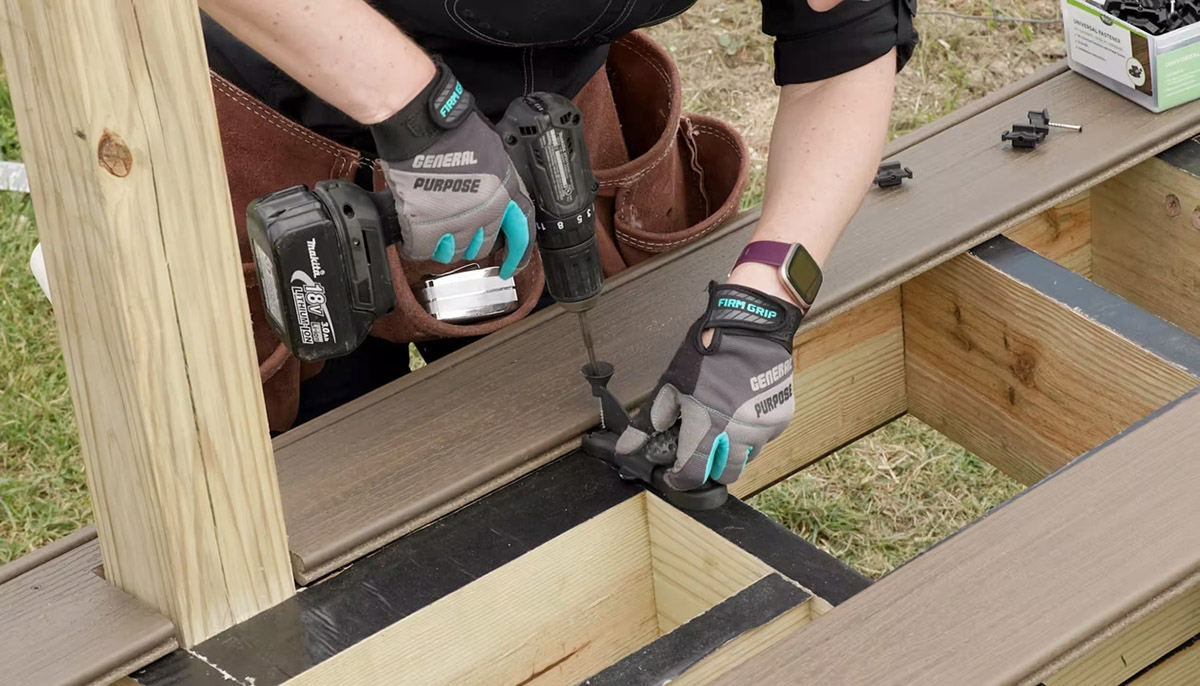
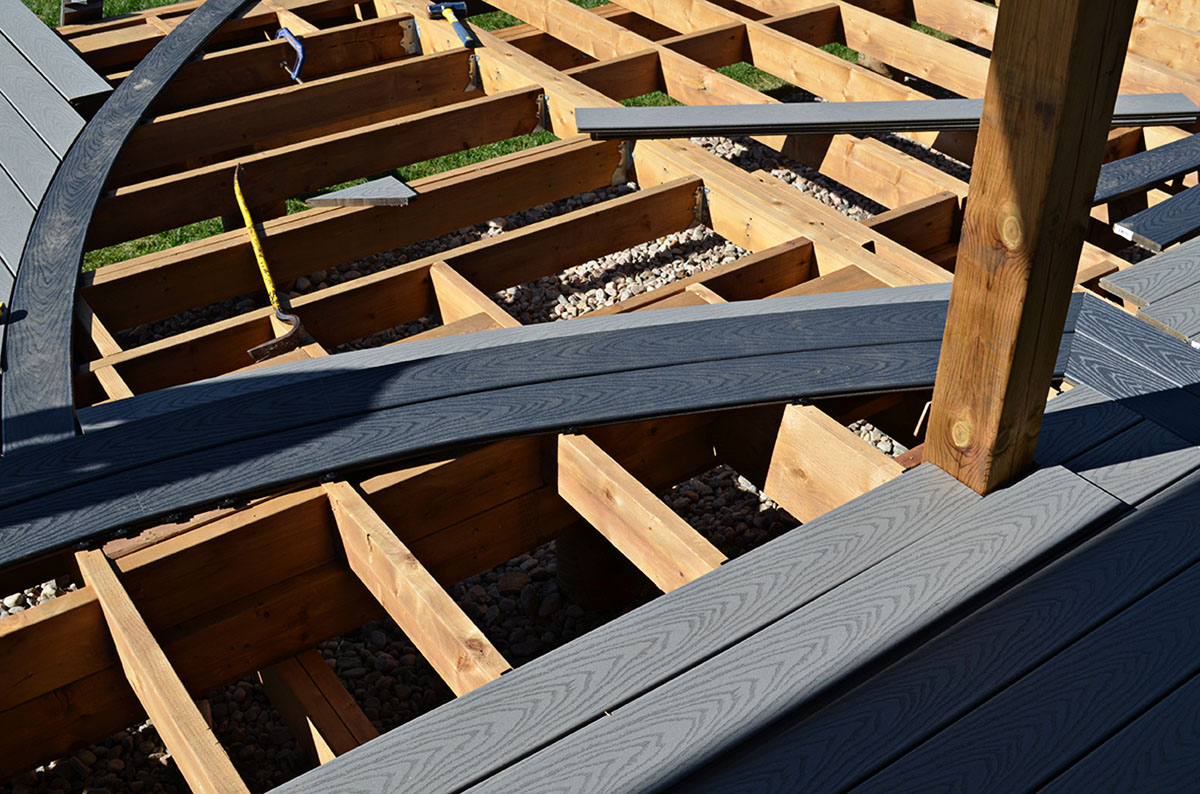
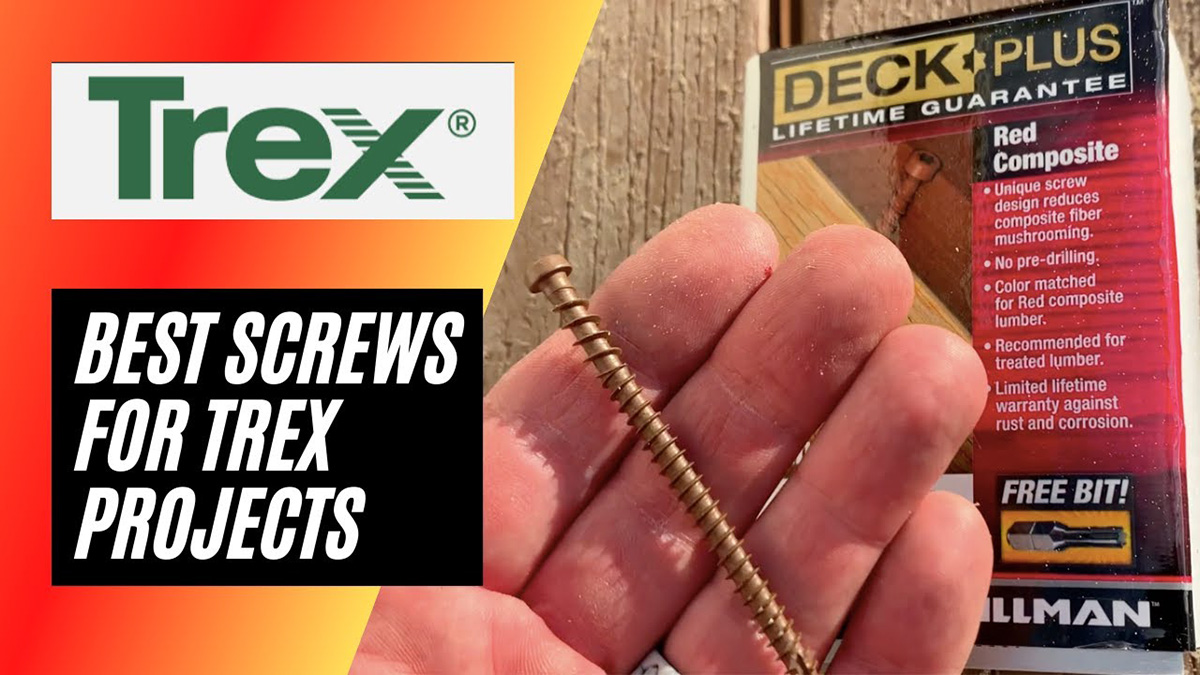
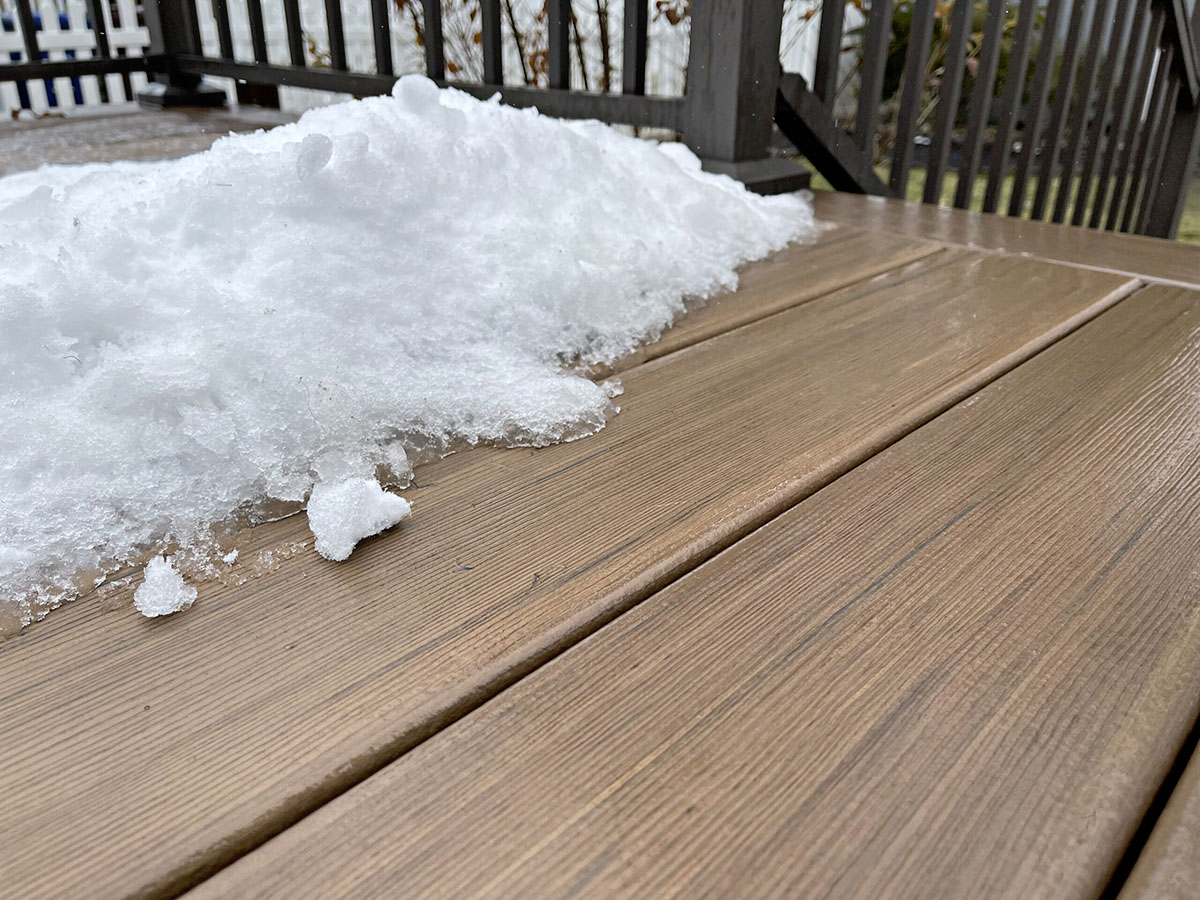
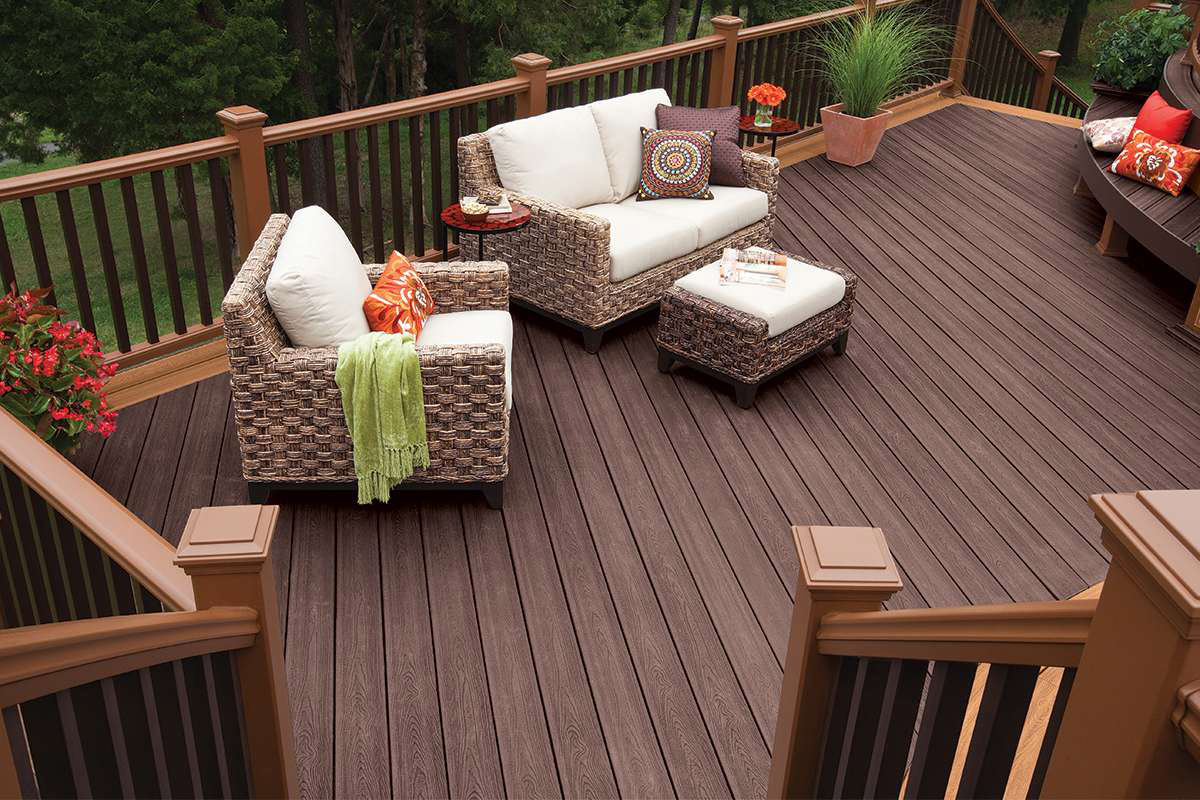
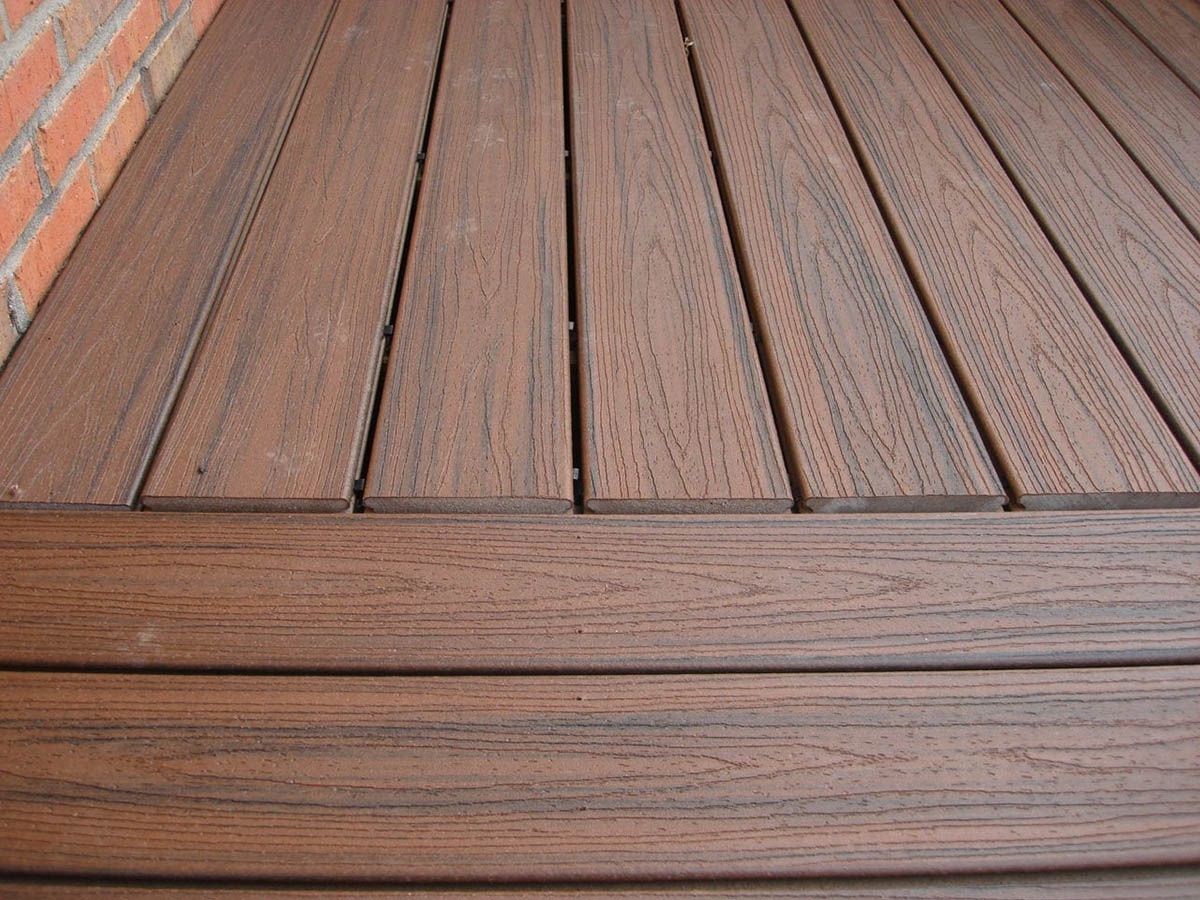

0 thoughts on “What Are The Problems With Trex Decking”